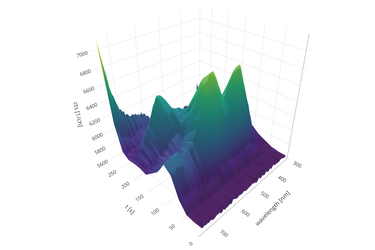Luminescence data analysis with R
This website is dedicated to luminescence data analysis
NEWS

CRAN release 'Luminescence' v1.1.2
(December 12, 2025)
CRAN release 'Luminescence' v1.1.1
(September 11, 2025)
CRAN release 'RCarb' v0.1.7
(July 24, 2025)
(December 12, 2025)
CRAN release 'Luminescence' v1.1.1
(September 11, 2025)
CRAN release 'RCarb' v0.1.7
(July 24, 2025)
Tutorials

About Fading Corrections with `'Luminescence'`
Published: August 14, 20241 Motivation - What is fading?
Feldspar luminescence suffers from an unwanted signal loss at ambient temperatures, referred to as anomalous fading (Wintle, 1973). This athermal signal loss leads to age underestimation if uncorrected (Huntley and Lamothe, 2001; Huntley, 2006; Kars et al., 2008). Despite the ubiquitous nature of fading in feldspar luminescence, its cause has been the subject of debate for more than 40 years (e.g. Wintle, 1977; Templer, 1986; Sanderson, 1988; Visocekas et al., 1985). The most widely accepted explanation for fading is a loss of charge (electrons) from electron traps over time, due to quantum mechanical tunnelling (Visocekas, 1985).
Reading time: about 11 minutes



